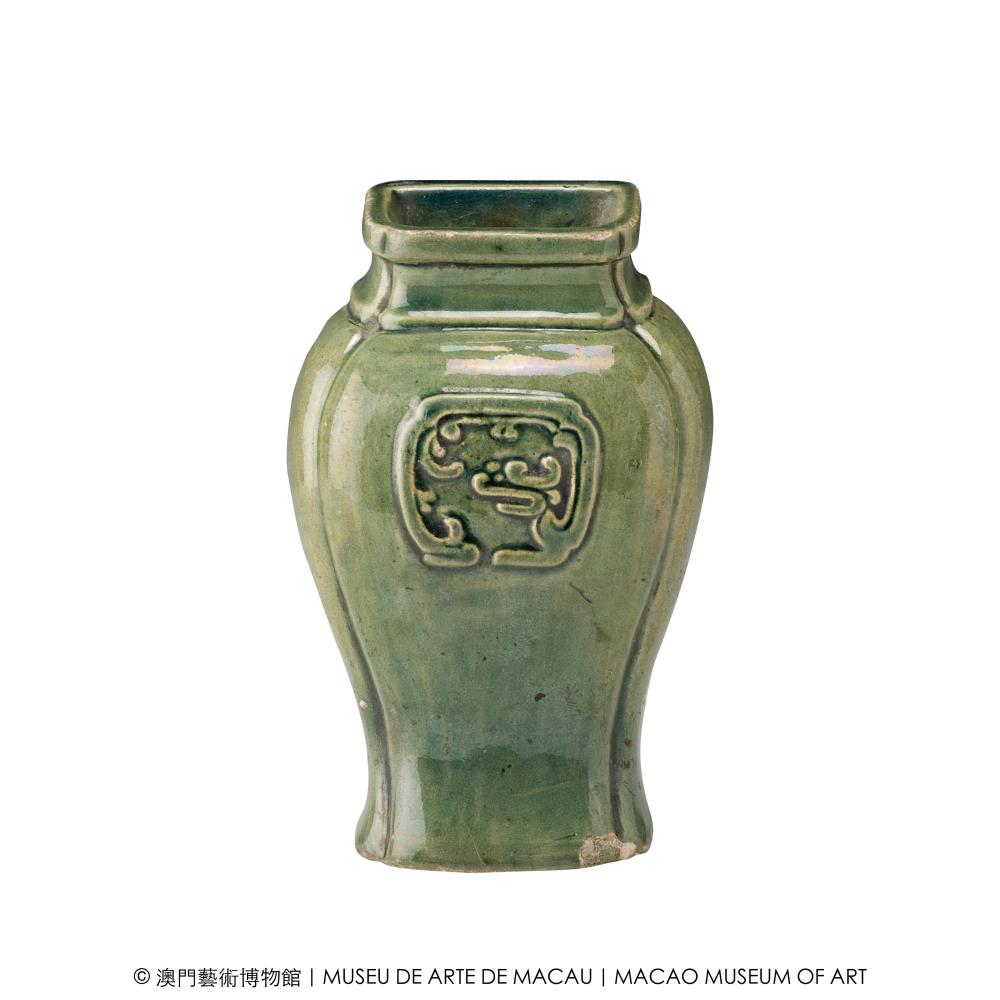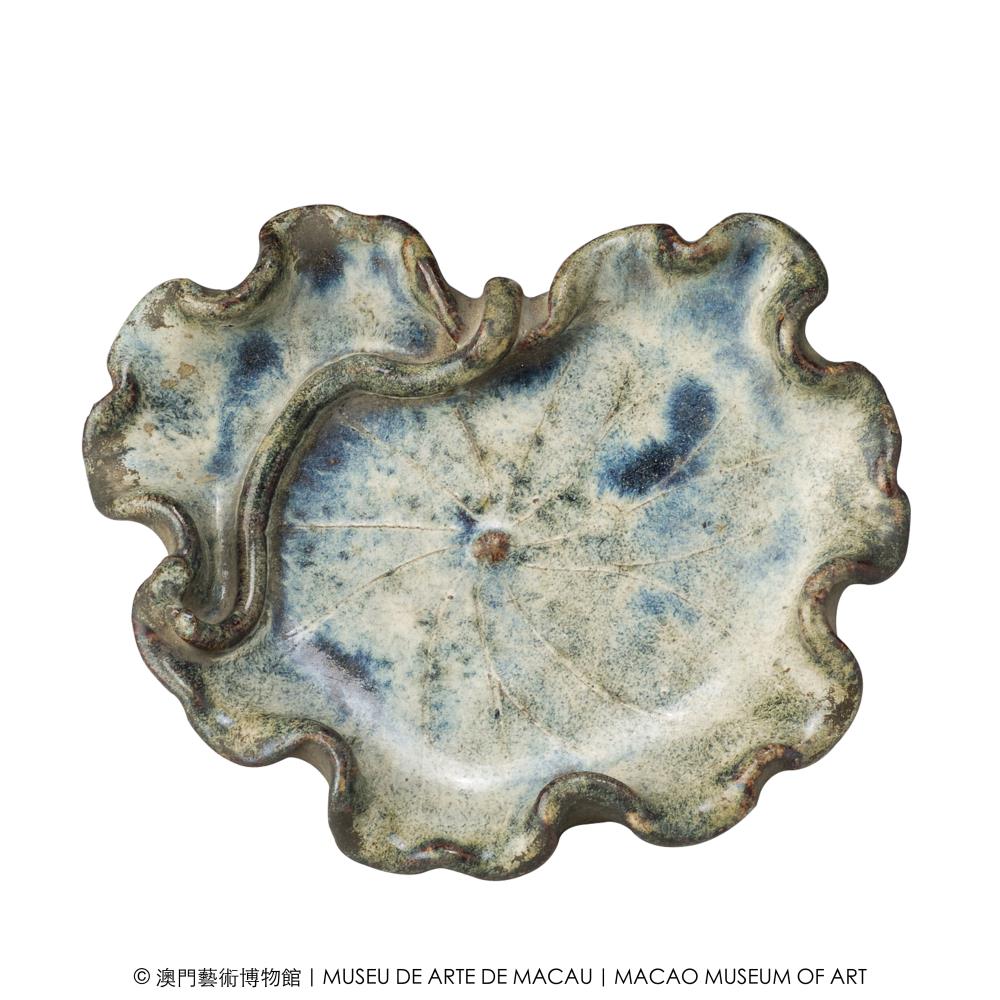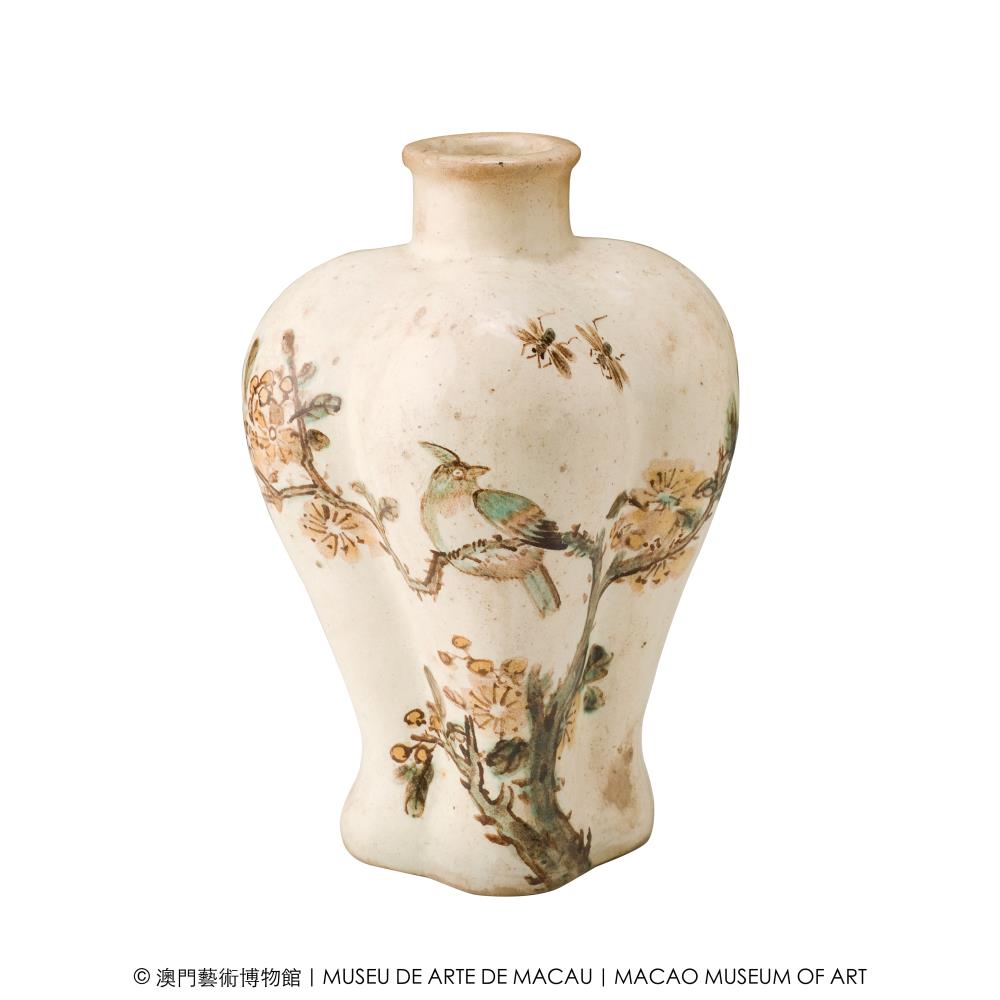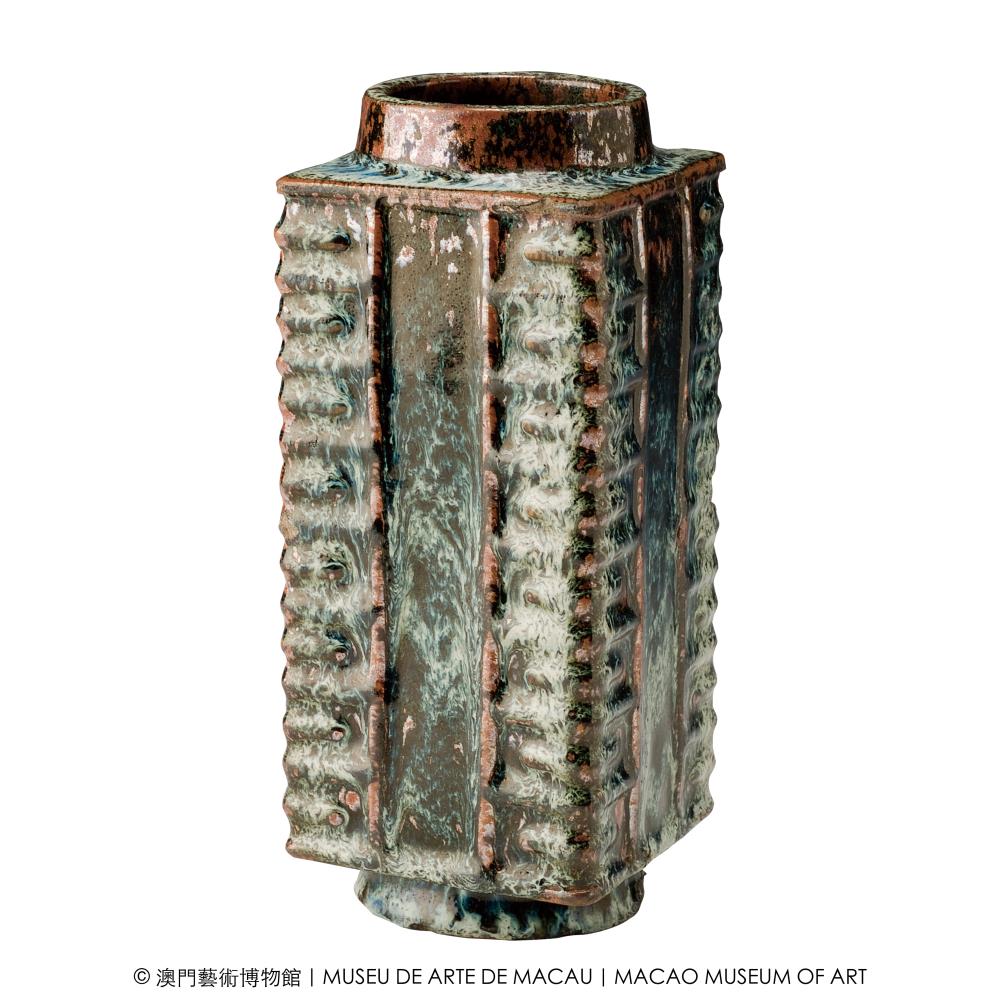SHIWAN FIGURINES: BRIDGING ANCIENT AND MODERN, AN EXPLORATION OF EAST-WEST CONVERGENCE
Shiwan pottery figurines, known as ‘Shiwan figurines’ in Guangdong, represent a hallmark of Lingnan ceramic art. The uniqueness of these figurines lies in their clay modelling and the application of glazes. The faces and limbs are left unglazed, preserving the original clay texture. This ‘unglazed body’ technique allows for detailed rendering of skin textures, imbuing the sculptures with a lifelike quality. This enhances emotional expressions and highlights the beauty of the glaze itself – the most notable feature of all Shiwan figurines. An early work showcasing the sophistication of these pottery techniques is the set of 18 seated arhat figures that are housed in the Palace Museum in Beijing. Scholars estimate that these pieces date back to the 17th century. They showcase the early use of pomegranate red glaze and exemplify how the ‘unglazed body’ was a mark of expert craftsmanship in Shiwan figurines.
Early themes of Shiwan figurines predominantly involved deities, gods, folktales, and operatic stories, all infused with rich religious and folkloric significance. However, by the late Qing and early Republican periods, the subject matter expanded to include historical figures, notable personalities, ordinary people, and even foreigners. This shift reflected the evolving social landscape and the inclusive nature of the Lingnan culture, marking a significant transformation in the history of Shiwan pottery.
During the late Qing and early Republican periods, Shiwan pottery sculptures began incorporating Western sculptural techniques, preserving traditional folk characteristics while simultaneously enabling greater expression of traditional themes. This fusion of Eastern and Western styles paved the way for new directions of Shiwan pottery in the 20th century. The large figurative works by Pan Yushu and Chen Weiyan featured in this exhibition stand as significant testimonies to this period of transformation and new horizons.

Wall Vase with Kui Dragon Design in
Green Glaze
Zu Tangju
Ming dynasty (1368 – 1644)
Height ︰ 14.5 cm

Unglazed Tripod Censer with Twin
Dragon-Shaped Handles and
Suspended Loose Rings
Wu Nanshi Workshop
Ming dynasty (1368 – 1644)
Height ︰ 32 cm

Lotus Leaf-Shaped Brush Shaper in Blue
Imitation Jun Glaze
Anonymous
Late Qing dynasty (1851 – 1911)
Diameter ︰ 17.5 cm

Begonia-Shaped Meiping Vase in White Glaze
with Painted Flowers and Birds
Anonymous
Early 20th century
Height ︰ 15.5 cm

Garlic-Head Vase with a Coiled-
Dragon Design in Green Glaze
Anonymous
Qing dynasty (1644 – 1911)
Height ︰ 33 cm

Cong-Shaped Vase in Kingfisher Glaze
Anonymous
Early 17th century
Height ︰ 19.5 cm